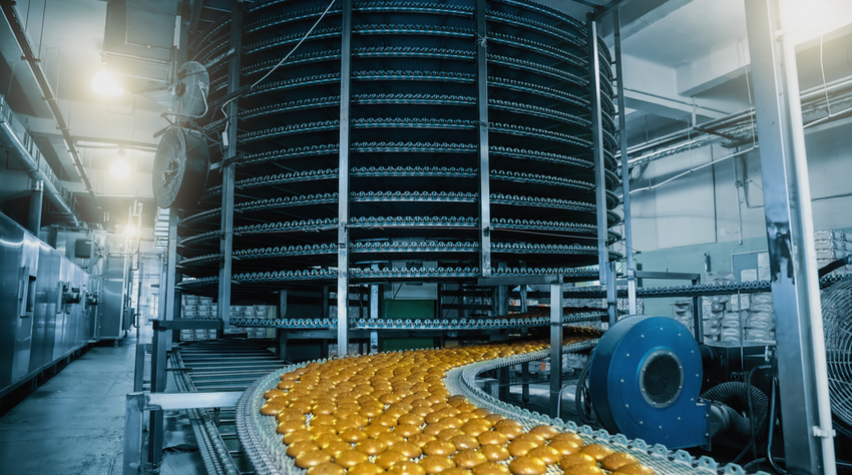
This content is provided by Schrödinger and reflects their views, opinions, and insights.
The 3rd Food Innovation and Engineering (FOODIE) Conference took place virtually from November 4–6. The FOODIE Conference discussed emerging technologies for food production, analyzed strategies to connect industry and cuisine, and navigated methods to fit the consumer market.
Before the conference, I had the chance to chat with Jeffrey Sanders, a principal scientist at Schrödinger, which was a sponsor of the FOODIE conference. Below is my conversation with Sanders about Schrödinger and the role they play in food engineering.
Tell us about the role of Schrödinger in the food engineering landscape.
Schrödinger has been developing cutting-edge computational chemistry tools and helping food and beverage companies to drive research and development for over 30 years. We provide both software tools and training so our customers can develop new formulations, rationalize physicochemical behavior of their existing products, and accelerate the design process. Using simulation as a screening tool, our customers can help prioritize experiments, triage new molecules that may not work as expected, and use predictive models to understand food ingredient properties in real-time.
What interested you to become involved with the FOODIE Conference?
The first year I attended the FOODIE conference I was pleasantly surprised that not only was simulation front and center in many of the scientific sessions, but the predictions from these studies were being applied to the production process for many different types of food products. Most of the simulation studies in the food industry are often much higher time and length scales, lacking molecular details. As the push for multi-scale modeling in many industries is now happening, we thought it made perfect sense to attend FOODIE and see where we could potentially fill in the gaps.
What areas of food engineering do you believe have the most room for growth?
One area where we see room for growth is reducing or modifying existing product formulations due to ever-changing customer trends. While we don’t make any food products ourselves, we interact with our customers and help appreciate the challenges in reducing concentrations of important stabilizing agents without sacrificing processing or final product quality. Longer-term, a greater focus on innovation and simulation over renovation will play a major role in identifying new candidate formulations.
Can you elaborate on the benefit of Schrödinger’s products for food engineers and scientists?
Using physics-based modeling alongside chemical informatics methods, researchers and engineers are able to gain insight at the molecular level and predict critical properties including morphological, physicochemical, and optical properties. Historically these simulations have been restricted to single molecules, like food dyes and flavor compounds, or simple mixtures of molecules.
By leveraging the speed of GPU-based computing, physics-based modeling can be extended to millions of molecules and more realistic food formulations or raw-material structural properties (starches). Machine-learning models that are chemically aware can build quantitative structure-property relationship (QSPR) models using large databases of food chemicals or packaging materials like polymers. Most importantly, our tools are developed to make all the tools intuitive and easy to use. Traditionally modeling was only done by seasoned modelers, primarily due to the difficulty of setting up a simulation and/or interpreting results. Schrödinger is changing that by lowering the barrier to access simulations with a high level of theory.
Disclosure: This post is sponsored by Schrödinger and reflects their views, opinions, and insights.

Jeffrey M. Sanders
Since joining Schrodinger in 2013, Jeff has served several roles in both the scientific and technical aspects of computational chemistry software. He is currently a principal scientist in the materials science division focusing on physics-based simulations in consumer packaged goods applications. Read more


